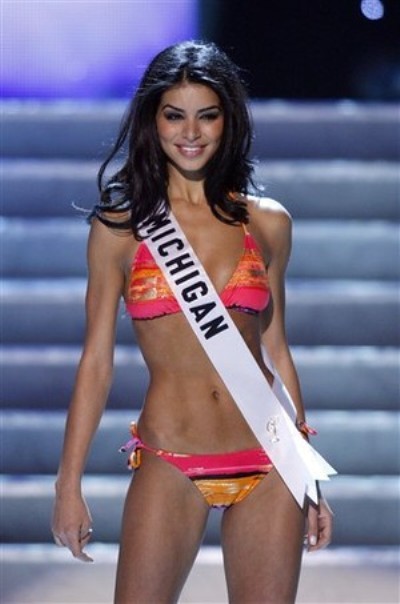Preview: Michigan State at Michigan
 |
| Michigan State freshman running back Le’Veon Bell |
Rush Offense vs. Michigan State Rush Defense
Michigan quarterback Denard Robinson is currently the #1 rusher in all of college football, and the Wolverines are the #3 rushing offense in the country. Co-starting running back Michael Shaw should return from a tweaked knee to help out fellow starter Vincent Smith in the backfield, but neither has been extremely productive this season. Shaw picked up a good chunk of his numbers against UMass, and Smith was unspectacular until his 56-yard touchdown run last week against Indiana; aside from that outburst, he’s averaging 3.78 yards per carry. Meanwhile, Michigan State is ranked #20 against the run this season and just finished beating a run-heavy Wisconsin team. Many media outlets suggested that MSU shut down Wisconsin’s run game, but UW averaged 5.3 yards per carry throughout the contest. While the Spartans should be the toughest run defense Michigan has seen, no team has been able to come close to shutting down Robinson and his minions in the run game. Despite the underperforming running backs, Robinson averages 9.2 yards a carry – and that’s despite missing the majority of the BGSU game due to injury.
Advantage: Michigan
Pass Offense vs. Michigan State Pass Defense
It seems that a lot of people are overlooking this aspect of the matchup. The Wolverines are the #38 passing offense in the country, while MSU lingers at #78. With all the talent that MSU has recruited up front in the past few years, the secondary is suspect. Tate Forcier had a subpar day for most of the 2009 game, but he finished with 223 yards and 2 touchdowns last season, including some big plays in the passing game. If Michigan has early success in the running game, that should open up downfield throws. Denard Robinson missed a couple streaking, wide open receivers last week against Indiana, and he’ll need to capitalize on those opportunities this week. I don’t expect that Robinson will end up throwing for 400 yards or anything crazy like that, but big plays are bound to be there for the taking.
Advantage: Michigan
Rush Defense vs. Michigan State Rush Offense
Michigan is ranked #37 in rush defense, although that statistic is a bit misleading. With as bad as Michigan’s secondary is, teams like Indiana, Notre Dame, and UConn have been content to chuck the ball all over the field. Of those top 37 teams, Michigan allows the fourth-highest yards per carry average (3.66). This might be where the game is won or lost. MSU’s starting running back, Edwin Baker, is averaging 7.1 yards per carry . . . and there’s not much dropoff when he comes out of the game, with top backup Le’Veon Bell averaging 7.4 yards per carry. In fact, that’s not a dropoff at all. Michigan has done a pretty good job of preventing huge runs so far this season, but teams have been able to get yards in chunks. The difference this week might be that Baker and Bell have the ability to turn 15- or 20-yard runs into 80-yard runs. Baker has speed that Michigan’s safeties can’t match, and Bell has the power to run through a lot of tackles. Unlike previous opponents, I wouldn’t be surprised to see MSU run the ball, run the ball, and run it some more.
Advantage: Michigan State
Pass Defense vs. Michigan State Pass Offense
Ugh. Rushing the ball is probably the safer option, but if the Spartans need to pass, they’ll be able to do so at will. MSU quarterback Kirk Cousins is completing 67.5% of his passes and has a few good options to whom to throw the ball. The only good thing is that Cousins has thrown four interceptions in his five games, so Michigan does have a chance to force some turnovers. However, I truly believe that Michigan needs to rush four or more defenders in order to have a chance against the pass. If the Wolverines keep rushing three, Cousins will have all day to pick apart Michigan’s makeshift secondary. Michigan is literally last in the country against the pass, and there’s no reason to believe that Saturday will show any kind of significant turnaround in that area.
Advantage: Michigan State
Final Predictions
- For the second time this season, Michigan will get outgained by an opponent.
- Denard Robinson will get injured and miss time . . . again.
- We see Michigan’s first trick play of the season (double pass, reverse, fake field goal, etc.).
- Roy Roundtree will have a huge game.
- Michigan State 38, Michigan 35



